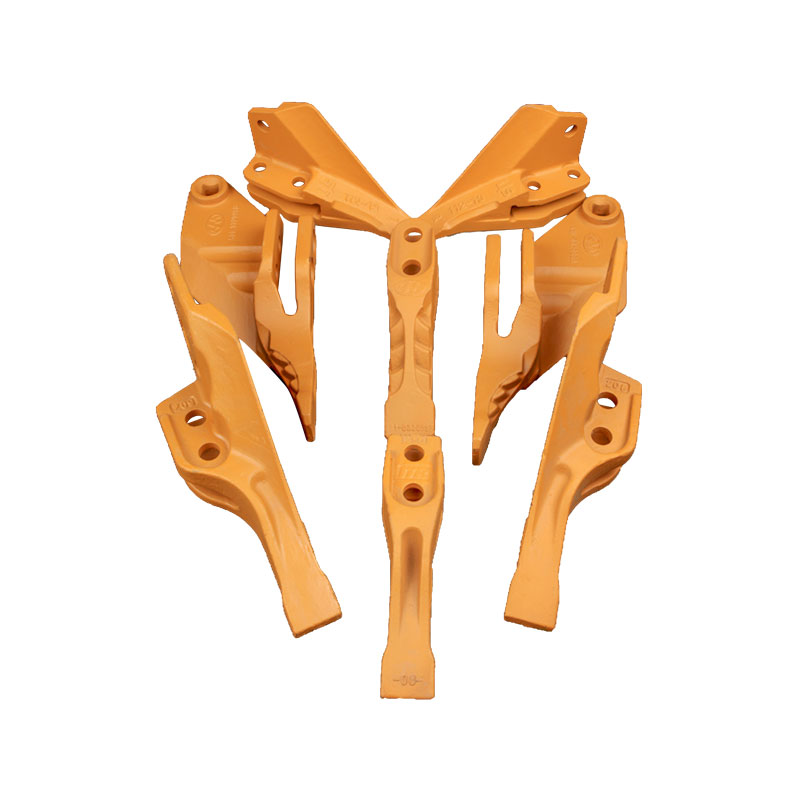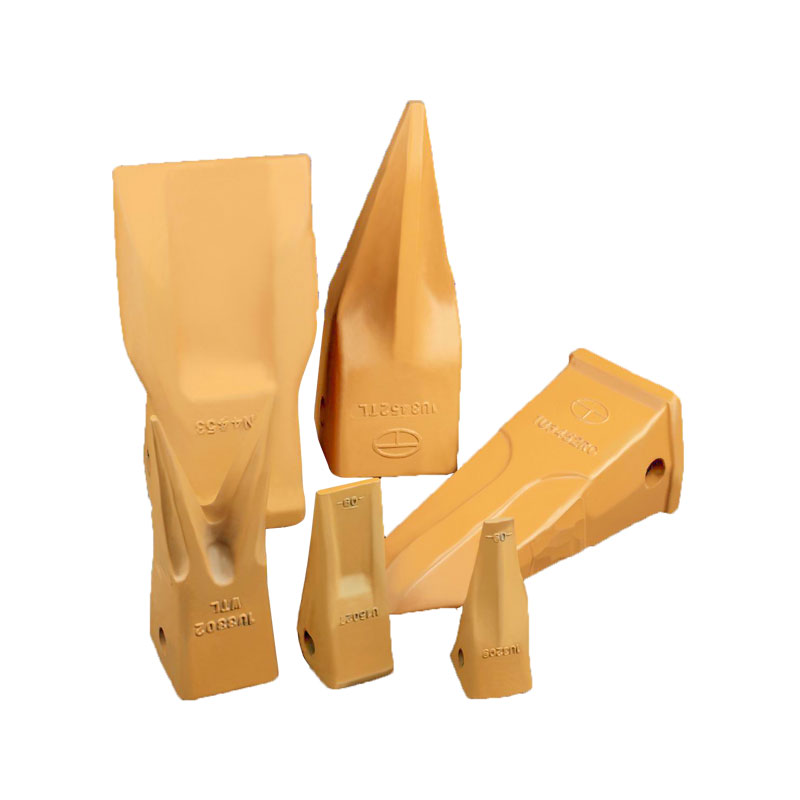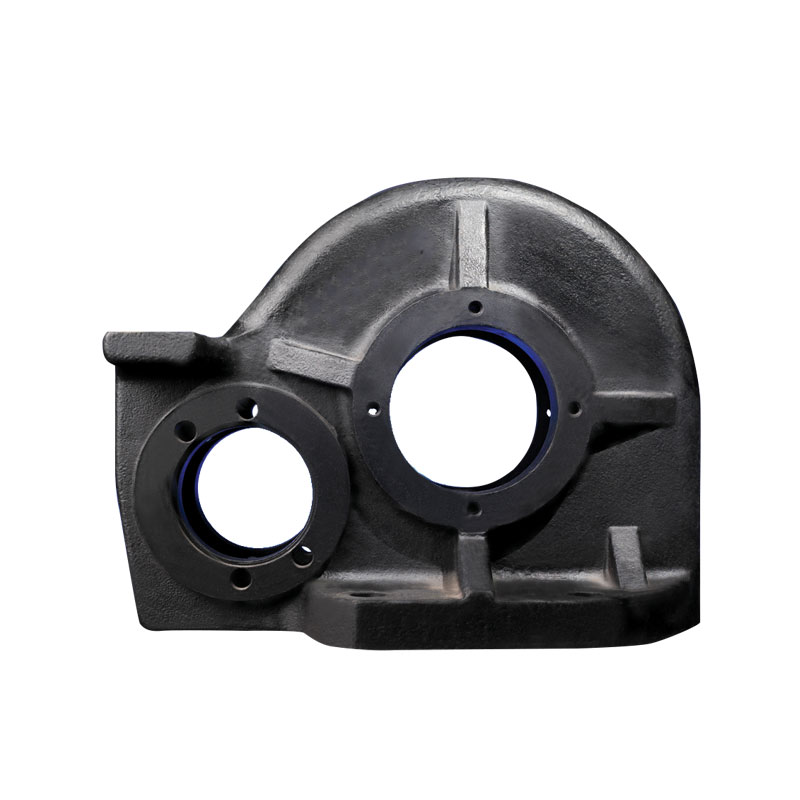Precision casting, also known as lost wax casting, is a […]
Precision casting, also known as lost wax casting, is a manufacturing process that produces metal parts by molding refractory materials around a pattern made of wax. This wax pattern is then coated with refractory ceramic material and heated until the wax melts and drains out. The resulting hardened ceramic shell becomes an expendable investment mold, which is used to produce cast metal components.
Compared with the traditional casting methods, such as die casting and sand casting, precision casting provides more design freedom and flexibility. This allows manufacturers to fabricate complex internal passages, curved vanes of an impeller, or cooling channels in devices with excellent surface finishes.
The first step in the precision casting process is to create a wax pattern that represents the geometrical shape of a finished part. This pattern can be produced by hand or using a CNC machine.
Once the wax pattern is created, imperfections are removed from it by a tool with a heated metal tip, or by releasing agents such as silicone sprays. Once the patterns are free of defects, they are assembled into a common wax sprue and attached to an investing ring.
For smaller castings, several wax patterns are attached to a central wax gating system, which is usually composed of runner bars and risers. The gating system then contains a pouring cup that is positioned to introduce molten metal into the wax mold cavity.
Once the gating system has been assembled, the entire process can be completed in 24 hours or less. This is a significant improvement over conventional production time, which can be weeks or longer. This process is especially beneficial for small-volume production.




